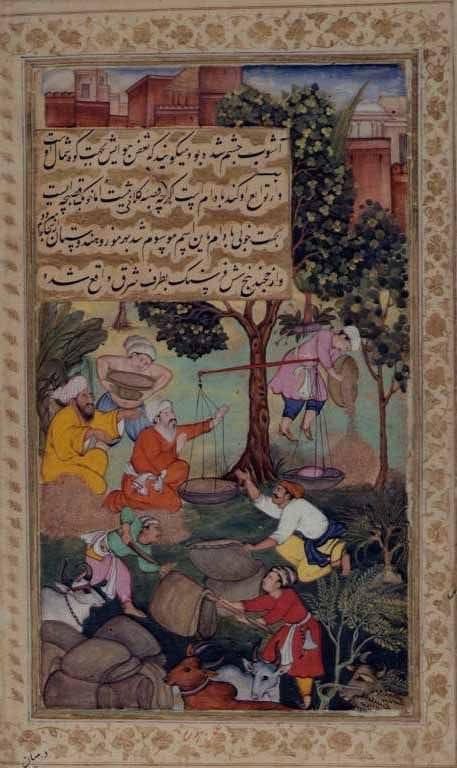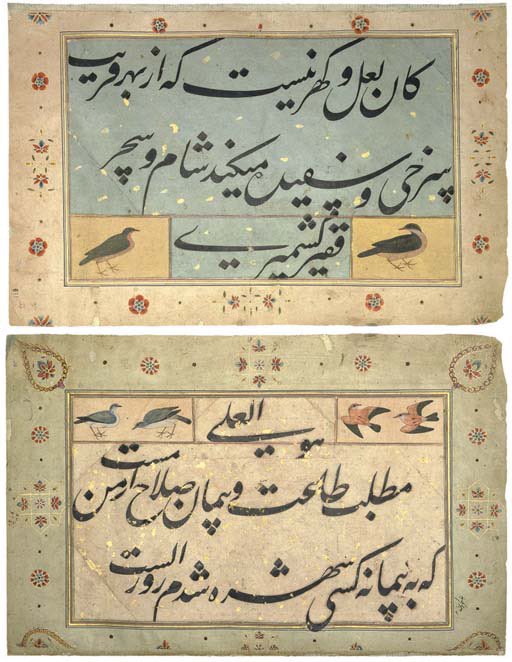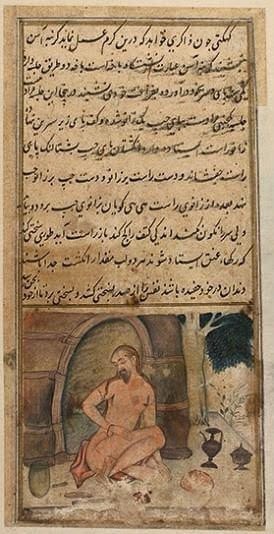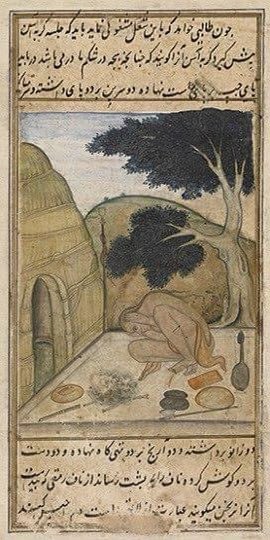The term Mughal was applied to them in the 16th c by the Europeans & it stuck.
But today I learnt thanks to a paper by Prof Najaf Haider that even the name Mowgli, the young hero of Rudyard Kipling’s Jungle Book, is derived from it.
Apart from describing their imperial status it was commissioned to become an account of their rule for posterity.
I would recommend Kings and Chronicles by Prof Najaf Haider as supplementary reading for those interested.
It was written for NCERT
Thus we have Akbar Nama, Shahjahan Nama, Alamgir Nama and Prof Haider says it suggests that in the eyes of their authors the history of the empire and the court was synonymous with that of the emperor.
He records his life from time he
ascended the throne at the young age of 11 to when he finally established himself as a monarch
Under Akbar, Persian language became the imperial language of the court and subsequent chronicles were written in Persian.
It was also the administrative language, &accountants, clerks and other functionaries also learnt it.
To that effect he asked those who remembered the life of his father Humayun to record it leading to three extremely important chronicles by his aunt Gulbadan Begum, Jauhar Aftabchi and Bayazid Bayat.
Was to Abu'l Fazal gather materials for the Akbarnama.
The importance of her account lies in her candid style and descriptions of people especially the Mughal ladies of the time.
Only one copy remains in @BLAsia_Africa translated in 1930 by A.Beveridge
He wrote Tadhkiratu'l-wáqíát.
Báyazid Bayát' Humayun's steward wrote Táríkh-i Humáyún
In Abu’l Fazl’s words:
"The written word may embody the wisdom of bygone ages &may become a means to intellectual progress.The spoken word goes to the heart of those who are present to hear it. The written word gives wisdom to those who are near&far"
Abul Fazl
Tr: NJ
Abul Fazl
Translation Prof Najaf Haider
Abul Fazl
Tr: Prof NHaider
Humayun was impressed by the brilliant artistry of the Safavid painters & as by then Shh Tahmasp 's attention had shifted to religion he discreetly invited a few to join him in Kabul
Bayazid describes their arrival etc.
Mir Sayyid Ali and Abd al-Samad — went on to head the imperial ateliers under Akbar
Writes Bayazid
#Mughalchronicles
Under Akbar the Baburnama was translated into Persian and illustrated.
Illustrated manuscripts were made in Akbar's kitabkhana
Harvesting of the almond crop at Qand-i Badam.
Baburnama
Illustrator: Bhawani, c.1590"
British library
@BLAsia_Africa

Under Akbar they were made in the imperial kitabkhana.
Altho kitabkhana can be translated as library, it was a scriptorium~ the place where the emperor’s collection of manuscripts was kept & new manuscripts were produced
such as
Paper makers who prepared the folios, scribes or calligraphers to copy the text, gilders to illuminate the pages, painters to illustrate scenes.
Book binding was an art too
As I can be seen in the Taj Mahal the only one who signed his work was Ustad Amanat Khan Shirazi whose signature is on a panel in the cenotaph chamber
The nib of the qalam is usually split in the middle to facilitate the absorption of ink"
Zarrin Qalam - golden pen was the title bestowed on him
columbia.edu/itc/mealac/pri…

metmuseum.org/metmedia/video…
"Drawing the likeness of anything is called taswir. His Majesty from his earliest youth, has shown a great predilection for this art, and gives it every encouragement, as he looks upon it as a means both of study and amusement."
Translation : Prof NHaider
Akbar cited by Abul Fazl







